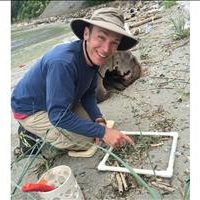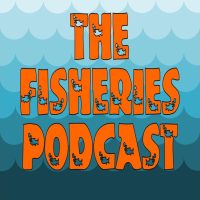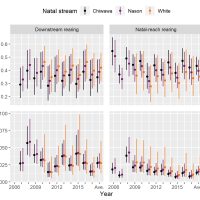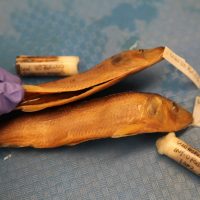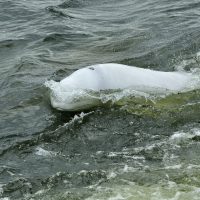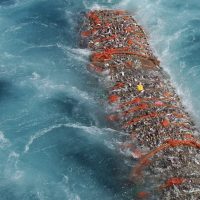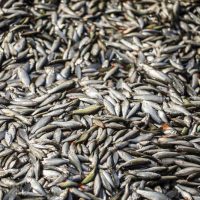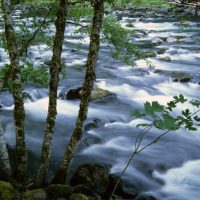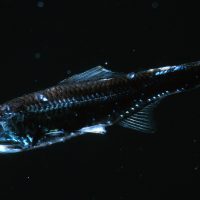Filter Results
HistoryLinks interviews Jason Toft about the Seattle Waterfront
Read about his involvement in designing the replacement seawall along Seattle’s central waterfront and the key design features devised to make the environment as hospitable as possible for juvenile salmon, especially Chinook and Chum salmon, as they out-migrate from the river system to the ocean.
Read moreSAFS researcher joins The Fisheries Podcast
Growing up on the shores of Lake Michigan, Ben Makhlouf, now a researcher at SAFS, started off as an Ecology undergrad at UW. Taking a limnology course during his studies, he was inspired to get involved in research in Alaska when seeing someone with an Alaska Salmon Program t-shirt on. It amazed him that people were able to visit and work there.
Read moreNew research shows how this chinook salmon life history variability can drive population dynamics
Differences in the life history pathways (LHPs) of juvenile animals are often associated with differences in demographic rates in later life stages. For migratory animals, different LHPs often result in animals from the same population occupying distinct habitats subjected to different environmental drivers.
Read moreIn relation to everything
SAFS alum Nancy Huizar exemplifies collaboration and collective action within the Seattle community, proving the environmental sciences are interconnected and in relationship to everything — population health, the strength of local democracy and education equity.
Read moreWarming oceans have decimated marine parasites — but that’s not a good thing
More than a century of preserved fish specimens offer a rare glimpse into long-term trends in parasite populations. New research from the University of Washington with lead author Chelesea Wood from SAFS, shows that fish parasites plummeted from 1880 to 2019, a 140-year stretch when Puget Sound — their habitat and the second largest estuary in the mainland U.S. — warmed significantly.
Read morePopulation declines in Alaska beluga whales may be linked to low birth and survival rates
The beluga whale population in Alaska’s Cook Inlet, which connects Anchorage to the North Pacific Ocean, is listed as endangered and has declined by over 75% from about 1,300 whales in the late 1970’s to fewer than 300 today.
Understanding whether the decline is due to low birth or low survival rates, or a combination of the two, can give scientists clues about the external threats that are impacting the population.
2022 Eastern Bering Sea Pollock Stock Assessment
The School of Aquatic and Fishery Sciences and the College of the Environment hosted the annual live preview of the most recent assessment of Eastern Bering Sea (EBS) pollock—the target of one of the world’s largest fisheries.
Providing fishery stakeholders and the public the opportunity to learn about the status of the EBS pollock stock and discuss the science underlying the assessment, you can watch the recording of the event below.
World Fisheries Day 2022
3 billion people rely on fisheries for nutrition and their livelihoods around the world. As the most traded food in the world, fish and the environments they live in are essential.
On World Fisheries Day, we take a look at the different research underway at SAFS involving both oceanic and freshwater fisheries, and explore what sustainability means for the ecosystems that support these fisheries.
Fish, Forests and Fungi
SAFS graduate student Anne Polyakov spent a summer with the UW Alaska Salmon Program studying ecosystems along three salmon streams, hoping to use the data collected to track how nutrients flow into all parts of the system — into the soil, plants and the role that fungi play in this intricate process.
Read moreStudy Reveals How Ancient Fish Colonized the Deep Sea
The deep sea contains more than 90% of the water in our oceans, but only about a third of all fish species. Scientists have long thought the explanation for this was intuitive — shallow ocean waters are warm and full of resources, making them a prime location for new species to evolve and thrive. But a new University of Washington study led by Elizabeth Miller reports that throughout Earth’s ancient history, there were several periods of time when many fish actually favored the cold, dark, barren waters of the deep sea.
Read more